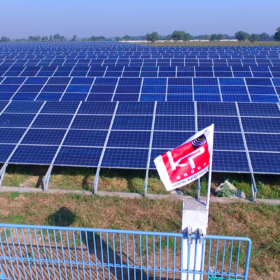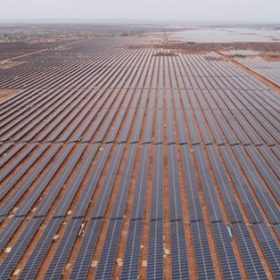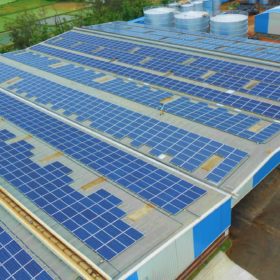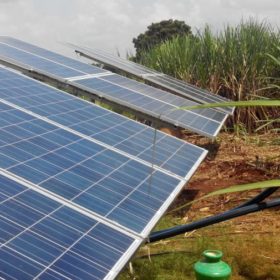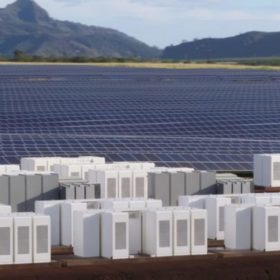Coal India arm tenders 20 MW solar project in Jharkhand
Developers have until January 15, 2020 to submit bids for the project that shall come up at Central Coalfields Limited’s plant in Piparwar of Jharkhand.
Petroleum minister calls for making hydrogen fuel cell technology affordable
Hydrogen can be produced from various sources including biomass, renewables and LNG and possesses high energy density and long-time storage—said the minister, who recently took the test drive of a hydrogen fuel cell based car manufactured by Toyota Kirloskar.
SECI seeks global bids for 1.2 GW wind-solar and 1.2 GW solar projects
The Solar Energy Corporation of India shall enter into a 25-year power purchase agreement (PPA) with the developers that can set up the projects anywhere in India on “build own operate” basis.
Sembcorp to buy remaining stake in Indian arm for Rs 4060 million
Following equity injection of about Rs 5169 million, Singapore-based integrated energy player has signed an agreement to invest another Rs 4060 million in Sembcorp Energy India Ltd to gain complete control over it and pursue growth in the India renewable energy business.
Corporate renewable power procurement: Global models and their suitability for India
Commercial and industrial (C&I) sector consumes 51% of the total electricity generated in India, with a mere 3% of this consumption coming from renewable energy. To increase renewable energy uptake among C&I consumers, India needs to explore new models like virtual power purchase agreements, green tariffs, internationally tradable RECs that have already been successfully tried and tested in many countries—according to a report by climate advocacy group WWF India.
BHEL seeks 231,200 quantities of minimum 330W solar modules
Global bids are invited for manufacturing and supply of multicrystalline PV modules with peak power output of minimum 330 Wp, for the state-owned engineering major’s projects in Gujarat. Bidding closes on December 11.
LONGi Solar inks 1.2 GW bifacial module deal with Adani
The Chinese module maker will supply Adani Green Energy with 1.2 GW of Hi MO4 bifacial modules that offer cell efficiency reaching 22.5% and module power peaking at 430W (72 cells).
L&T bags order for solar pumps with standalone lighting in Maharashtra
These systems—to be deployed in Aurangabad, Nashik and Pune—will have provision for mobile charging, transfer of automated meter reading and water discharge reading data.
NTPC looks to purchase power from 100 MW solar projects
December 26 is the last date for generators to submit bids for supply of power from their existing 100 MW solar plants. Technical bids will open on December 27.
SECI tweaks 1.2 GW renewables plus storage tender
Energy storage installation to back up at least half of the generation capacity, increase in project size to 600 MW maximum as well as increased off-peak tariff of Rs2.88/KWh are among the major amendments. Bidding is allowed till December 16.

